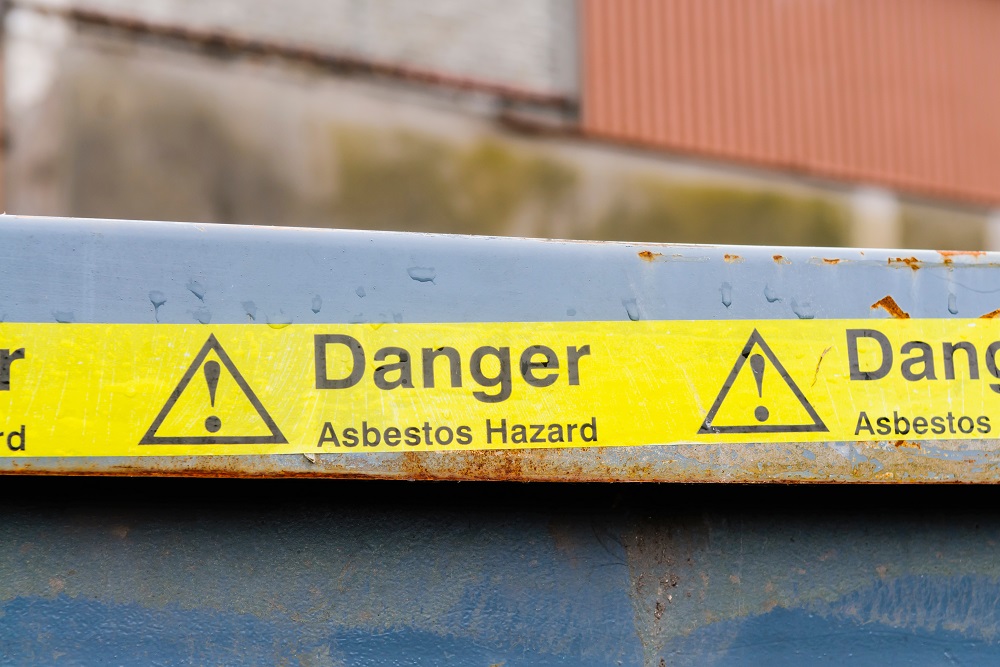A group of public health organizations and asbestos scientists led by the Asbestos Disease Awareness Organization (ADAO) petitioned the 9th Circuit Court of Appeals for administrative review of the EPA final risk evaluation for asbestos on January 26, 2021. The groups also sent the EPA a 60-day notice of their intent to file suit against the Agency.
Both the petition to review and the 60-day notice are procedural avenues regulated under the Toxic Substances Control Act (TSCA).
The Agency’s Final Risk Evaluation for Asbestos (Part 1) has been widely criticized for “underestimating the dangers of this toxic mineral, despite a presentation of unreasonable risk to human health,” according to asbestos.com. “The 60-day intent to sue notice is aimed at pushing the EPA to perform its nondiscretionary duty of addressing the use and disposal of legacy asbestos in that risk evaluation.”
“Shaping public policy can be glacially slow. It’s imperative for us to exercise our legal options as provided in the TSCA,” Linda Reinstein, president and founder of ADAO, told The Mesothelioma Center . “The dangerously incomplete final risk evaluation understates the enormous toll of disease and death for which asbestos is directly responsible.”
The EPA report on its risk analysis regarding asbestos was expected in 2020. However, the Agency has split the evaluation into two parts and just published Part 1 in January 2021. The first part addresses chrysotile asbestos, the only type of asbestos that is currently imported, processed, or distributed in the United States. It has four primary uses: asbestos cement, friction materials, roof coatings and cements, and gaskets. The Part 1 risk evaluation addressed 16 conditions of use by consumers and occupational exposure.
“Part 1 failed to address legacy asbestos, which remains in residential and commercial buildings after decades of unbridled use throughout the construction industry,” according to Asbestos.com.
“In its August 28, 2020 report, EPA’s own independent Science Advisory Committee on Chemicals (SACC) concluded that ‘Overall, EPA’s environmental and human health risk evaluation for asbestos was not considered adequate and resulted in low confidence in the conclusions,’” according to the ADAO’s website.
“The shortcomings of the final asbestos evaluation were underscored in the December 22, 2020 decision by U.S. District Court Judge Edward J. Chen, who ruled EPA has unlawfully failed to use its TSCA authority to obtain basic information on asbestos use and exposure needed for a sound risk evaluation,” ADOA says. “Judge Chen ordered EPA to amend its TSCA reporting rules to require submission of this information by industry.
“Despite its limitations, the final risk evaluation does conclude that a number of current asbestos uses present an unreasonable risk of injury to human health. ADAO and its partners support these findings and urge EPA to ban these uses under TSCA in the risk management phase of its work,” the organization adds.
Asbestos is heavily regulated and has not been mined in the United States since 2002. Import of asbestos dropped to a record low of only 100 metric tons imported in 2019—the lowest amount imported since records began being kept in 1910, according to Asbestos.com. The previous year, 2018, shows 681 metric tons imported.
The EPA has said Part 2 of its risk evaluation for asbestos is expected midyear 2021.
The latest filings by the ADAO are not the group’s first legal challenges regarding the EPA’s risk evaluations for asbestos. In a previous lawsuit filed in a California District Court, in December 2020, U.S. District Judge Edward Chen ordered the EPA to improve its data collection on reporting the amount of asbestos and the number of products containing asbestos coming into the United States. The judge also “ruled that the EPA has unlawfully failed to use its TSCA authority to make a sound risk evaluation,” says Asbestos.com.

